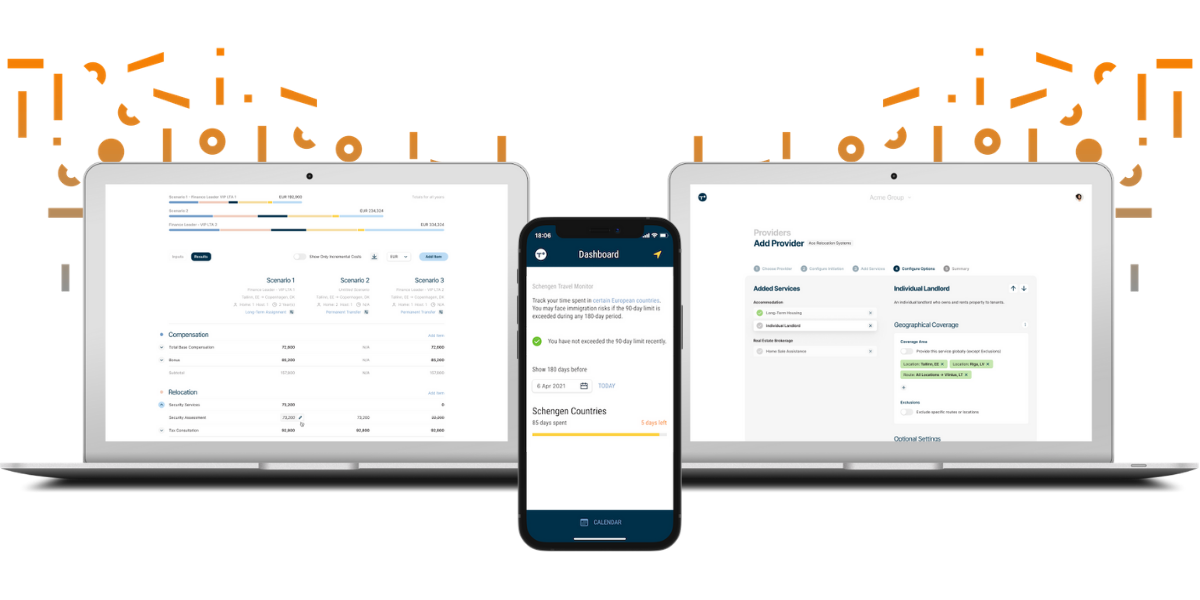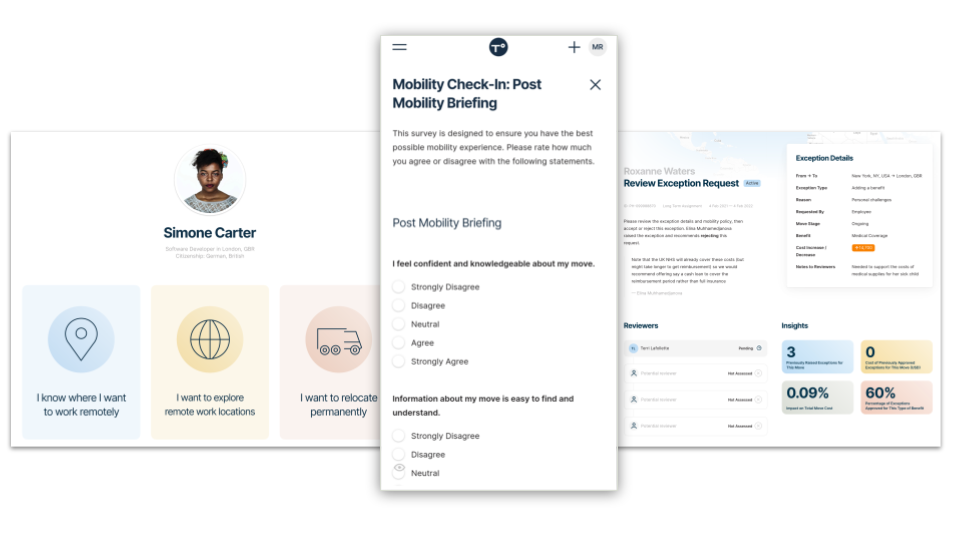
Working From Home Can Save on Gross Receipts Taxes (GRT)
The Coronavirus pandemic has caused countless people to be working from home. Indeed, the work from home (WFH) concept has entered mainstream adoption this year. For many companies based in San Francisco, having people WFH may mean lower gross receipts tax.
In some cases, WFH has produced tax savings in the seven figures for companies that utilize Topia Compass to track and prove where work actually occurs. Let’s explore how.
What is Gross Receipts Tax or GRT?
San Francisco’s Gross Receipts Tax is a tax imposed on gross receipts, meaning you don’t have to be a profitable business to pay the tax. From the SF Treasury website, “Gross receipts means the total amounts received or accrued by a person from whatever source derived, including, but not limited to, amounts derived from sales, services, dealings in property, interest, rent, royalties, dividends, licensing fees, other fees, commissions and distributed amounts from other business entities.”
The Gross Receipts Tax is a graduated percentage depending on the activity code your business falls under in the NAICS system. In November of 2020, San Francisco voted to increase Gross Receipt Tax rates in a shift to do away with the payroll tax and slowly increase GRT by 40% in all industries up to 1.04% for some categories.
How do the tax authorities determine gross receipts earned in San Francisco?
The percentage of payroll in San Francisco or compensation for services performed by employees in SF helps determine the entirety or a part of the gross receipts allocated to SF and then taxed via the GRT. Other factors taken into account are the percentage of working hours in San Francisco, the percentage of business transacted in San Francisco, or upon another reasonable method given the facts and circumstances. Most importantly is there is no prescribed method to determine hours worked in San Francisco – meaning audits are inconsistent.
San Francisco, NOT California
The vital thing to note as it relates to the above paragraph is that GRT applies to income allocated to San Francisco. (Note that GRT is imposed by San Francisco, rather than California, so its reach is not statewide.)
For example, suppose Jane Smith lives in Pleasanton, but her company’s office is in San Francisco’s financial district. Say Sarah continued to commute in the first quarter of 2020 but has been working from home ever since.
With 75% of her workdays outside of San Francisco, only 25% of Sarah’s portion of earned gross receipts for the business in 2020 would be allocable to San Francisco and thus subject to GRT.
How do I calculate how much I owe in GRT?
Reducing GRT in the manner described above is not always straightforward. Companies subject to GRT may have multiple employees, most of whom have spent some workdays in the city and some workdays elsewhere. Determining the correct percentage of working time and thus gross receipts allocated to San Francisco can be time-consuming and difficult.
That’s where Topia can help. Topia Compass, our distributed workforce and business travel compliance solution, can identify every employee’s remote work location for every workday. The percentage done in San Francisco can be accurately determined, documented, and substantiated – important in case of an audit.
Substantial GRT savings
To illustrate, suppose a hypothetical ABC Finance Firm with offices in NYC, and SF reports $200 million of taxable income this year with $50 Million in payroll both in NYC and SF.
If you take the components of the SF GRT ($200M gross receipts, 50% payroll in SF, and the relevant GRT rate), the current GRT and Payroll tax will come out to approximately $1M.
If their SF based employees were telecommuting 20% of the time, their tax savings would be approximately $200k. If they were telecommuting 50% of the time, their tax savings would be half a million dollars. With the GRT rate set to increase continuously from 2021 to 2024 the opportunity for savings is even larger in the coming years.
The burden of proof is on the taxpayer
Claiming a lower GRT obligation is one thing; having that claim hold up under a possible audit of an income tax return is another. For sustainability, one key is documenting where each employee was working on every day of the year. With Topia Compass, audit-ready records can be produced at the click of a button.
With Topia’s leading tech platform to help prove employees’ year-long whereabouts, GRT can become far less taxing than it has been in the past. Even post-pandemic, remote working is likely to remain a growing trend, cementing your opportunity to shrink gross receipts obligations.
Don’t just take our word, hear from the expert at Andersen Tax in this recent webinar. To learn more about Topia Compass for San Francisco’s GRT, click here.
Note: This content supports Topia’s marketing efforts and is not written tax advice directed at the particular facts and circumstances of any person. The information contained herein is general in nature and is based on authorities that are subject to change. It is not, and should not be construed as, accounting, legal or tax advice provided by Topia to the reader.


